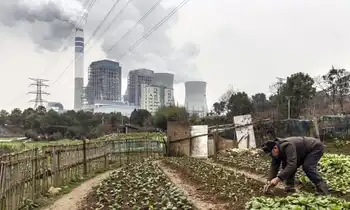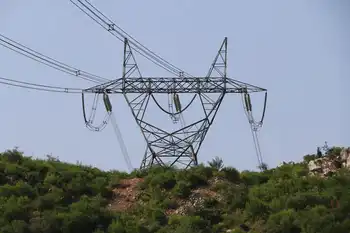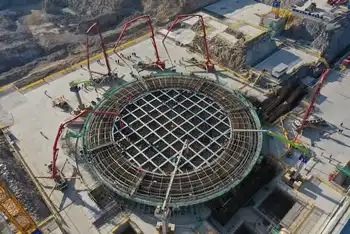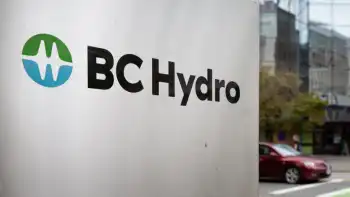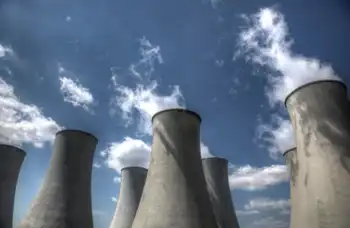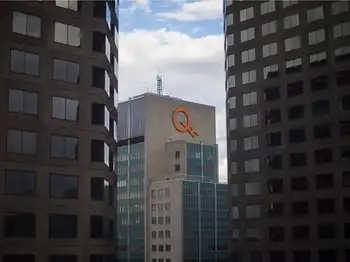What's true, false about coal
By McClatchy Tribune News
NFPA 70e Training - Arc Flash
Our customized live online or in‑person group training can be delivered to your staff at your location.

- Live Online
- 6 hours Instructor-led
- Group Training Available
The Legislature has passed two bills to overturn a decision by Kansas Department of Health and Environment Secretary Rod Bremby to deny the plants. Sebelius has vetoed both. When the wrap-up Legislative session begins, an attempt to override the vetoes will be at the top of the agenda. As the politics have heated up, some facts about the project and power generation in Kansas have become distorted with claims and counter-claims from both sides. Here's how some of those claims stack up under closer examination: Kansas doesn't need more electrical capacity and would get only a fraction of the power from the new plants.
Kansas does need more generating capacity to support a 1.5 percent annual increase in demand, according to estimates made by the state's largest utility, Westar Energy. This is especially true for "base load," the nearly constant portion of electrical demand.
Conservation could help slow the pace at which demand increases, but the increasing spread of high technology accelerates the demand for power. And any increases in population or industry - both of which are economic goals for the state - would create more demand for power. Kansas does not currently need all the power that would be generated by the Holcomb plant.
But Sunflower Electric Power Corp.' s partners in the project say they do. And they are willing to pay for it. Sunflower says the project is simple economics: You make more than you need and sell the excess. While we would ship some of the power from Holcomb out of state, the health risks from pollution would stay in Kansas.
The pollution - in terms of known health risks such as sulfur, mercury and particulate matter - would remain in Kansas. Those regulated emissions are projected to be below current Environmental Protection Agency standards. The EPA said the ambient air quality in western Kansas meets current standards and would not be significantly affected by the Holcomb plant.
The permits for the plant were denied based on carbon dioxide emissions, which many experts say contribute to global warming. The project is more about making money than providing power to customers. Sunflower, Midwest Energy and Tri-State Power, the partners in the proposed project, are nonprofit cooperatives. They are owned by their customers. Any revenue generated in excess of operating costs is returned to customers as dividends.
Kansas could meet its power needs with more wind farms. Wind is free. Harnessing it for power is not. Neither is transmitting it where it needs to go. Rising construction costs have been cited as the reason for delays on several coal-fired generation projects.
Those rising costs also affect wind farms, which must pay for concrete, steel, transportation and manufacturing. At current prices, wind is cheaper than natural gas or nuclear power, but about four times more expensive than coal, according to the U.S. Energy Information Agency.
Wind also has the disadvantage of being neither predictable nor dependable. That requires back-up power capacity - primarily natural gas plants - that can be turned on or off with the wind. Building that infrastructure is expensive. The project would be a clean coal plant. There is no such thing as clean coal. All coal plants emit sulfur, nitrous oxide, mercury, particulates and carbon dioxide.
But modern plants, like those planned at Holcomb, are cleaner than older plants, such as Jeffrey Energy Center. Natural gas is a better fuel - along with wind - for generating electricity. Natural gas is cleaner than coal. But it is not emissions-free. It produces about 60 percent as much carbon dioxide as coal, according to the U.S. Energy Information Agency. It also produces as much as 40 percent of nitrous oxide, another greenhouse gas.





